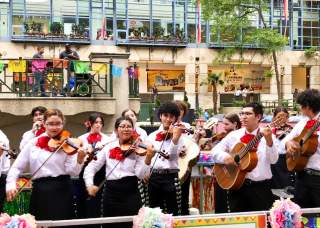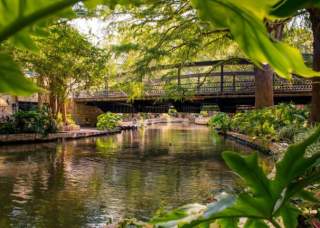Our History
The Architect of the River Walk
Robert H. H. Hugman was a young architect with a vision. His concept of winding pathways and bridges flanking the river was his beautiful solution to harnessing the river running through downtown. It also managed heavy seasonal rains, saving both lives and dollars. It wasn’t until much later that the full vision of the Father of the River Walk realized its’ full potential.
1536

Alvar Nuñez Cabeza de Vaca, a shipwrecked captive of Indians, visits the interior of Texas, sees and describes the River.
1691
June 13. Domingo Teran de los Rios, first Governor of the new Province of Texas, accompanies Father Damian Massanet on his return trip to East Texas. Camping at a rancheria of Payaya Indians on a stream called Yanaguana, someone said, “let’s celebrate mass."
1716
The Spanish Council of War approves a site on the San Antonio River for a fortified presidio (fort). This same council also approves the request to establish a mission at the site.
1718
Martin de Alarcon, Governor of Texas, names the presidio San Antonio de Bejar in honor of the Duque de Bejar, The Mission of San Francisco de Solano is moved from the Rio Grande to merge with Mission San Antonio de Padua. The mission is renamed Mission San Antonio de Valero. The presidio, the villa and the mission comprise the municipality named San Antonio de los Llanos (of the Plains) by Governor Alarcon.
1719
Mission San Antonio moves to its second site on the east bank near the present day St. Joseph's Church on Commerce.
1724

Mission San Antonio is moved to its third and final site on Alamo Plaza because of hurricane flooding at the previous site.
1736
Construction of the first bridge to span the San Antonio River, connecting the Presidio with Mission San Antonio, at the site of the present Commerce St. bridge.
1792
All the missions are closed down by order of the Spanish government. Their lands are distributed to the mission Indians attached to the compounds. Through the late 1800s and early 1900s, San Antonio's growing population and expanding boundaries were the cause, to a large degree, of problems brought about by flooding. In fact, if steps to control the flooding had not been taken in the 1920’s, later commercial development along the river would not have been possible.
1809
La Villita develops across the river from Mission San Antonio and the Villa de San Fernando.
1819
July 5th, a serious flood causes some settlers to relocate to La Villita, on the higher east bank of the river.'
1820
Moses Austin petitions the Spanish Governor in San Antonio for a permit to settle Americans in Texas
1824

Texas and Coahuila are combined Into one territory.
1825
U. S. immigrants reach the settlement of San Antonio and begin purchasing land on the river.
1830
Mexico declares U.S. immigration illegal. The first regulations are put into effect for the use of the river, creek, and ditch waters.
1835
Fall, Stephen F. Austin and a revolutionary army lay siege to the Mexican-held city.
1836-1845
Republic of Texas.
1845
Texas is annexed into the Union.
1845-1848
The Mexican War. The Treaty of Guadalupe-Hidalgo is signed in Queretaro. Mexico cedes Texas, California, New Mexico, and most of Arizona to the United States for $18,250,000. The Texas border was established by this treaty as the Rio Grande.
1858
First St. Mary's Street bridge constructed.
1850-1890's
The King William area develops on former Alamo farmlands that had been divided into land grants given to the Mission San Antonio Indians.
1861-1865
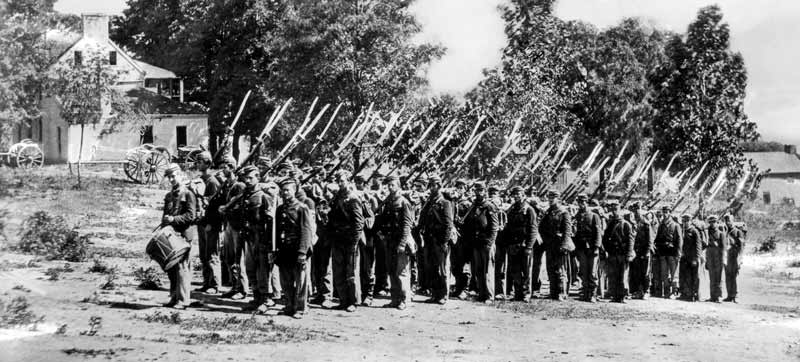
U.S. Civil War
1865
Cholera epidemic in San Antonio. A footbridge opened on Commerce.
1899
San Antonio City Charter amended, abolishing the office of the Ditch Commissioner and replacing it with Office of Street Cleaning and Sanitation.
1919
Engineers study reports that heavy flooding could damage San Antonio.
1921
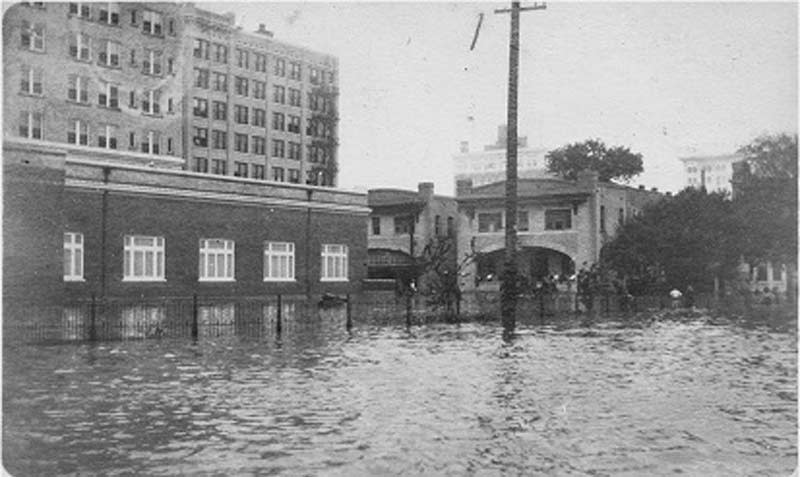
September 9th, Cloudburst over the Olmos Basin and San Antonio River puts 9 feet of water on Houston Street. Floods kill about 50 people.
1924
March 22. The San Antonio Conservation Society organized to save the old Market House and the San Antonio River.
1925
The old City Market House on Market St. is torn down to open a path for a flood bypass channel. The columns, entablature, and pediment are copied in the San Pedro Playhouse in 1929.
1926
Work begins on bypass channel. Final plans for flood control are published, including draining the river bend, making it a storm sewer with a street over it. The Conservation Society puts on a puppet show at city hall and takes commissioners on canoe rides to show them the river and convince them to save it. It worked.
1927
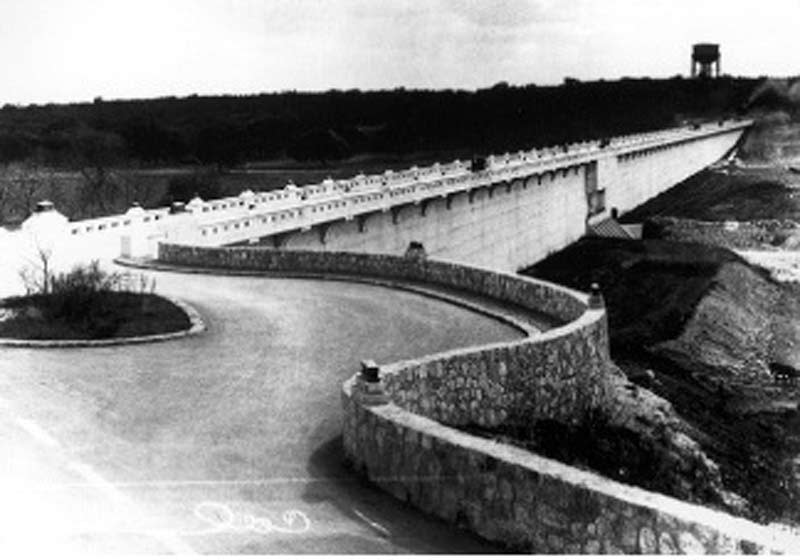
Olmos Dam completed.
1929
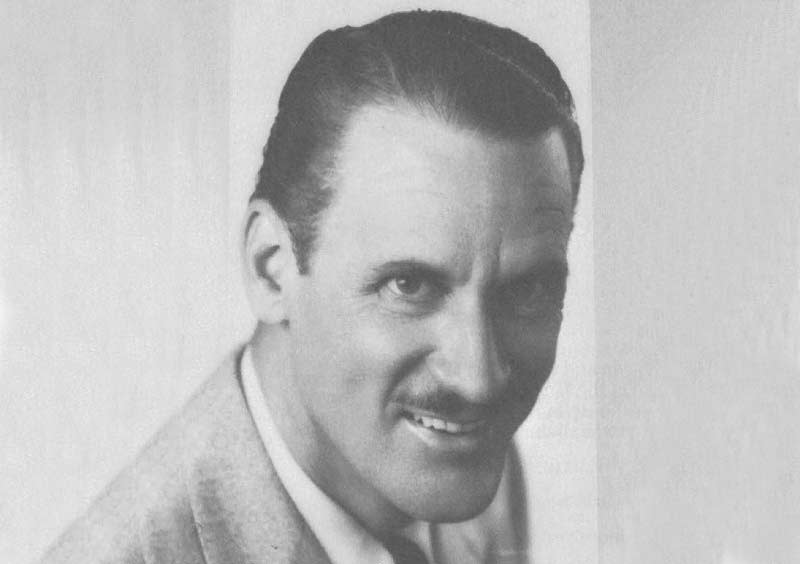
June 28, Robert H. H. Hugman presents his plan for 'The Shops of Romula and Aragon' to Mayor Chambers, two city commissioners, property owners, and civic leaders. The proposal endorses the bypass channel and recommends flood gates at the north end, a small dam at the south end, and a tainter gate in the channel to check the flow and create pools of water. Bypass channel completed, but the Depression prevents further expenditures.
1936
Texas Centennial. Jack White, manager of the White Plaza Hotel, visits City Hall to urge clean-up and beautification of the river. White and the Mexican Businessmen's Association stage 'A Venetian Night' on the river- the first river parade.
1937
The San Antonio River Authority created by the Texas Legislature.
1938
 The full esthetic potential of the river becomes recognized. Congressman Maury Maverick, Mayor C.K. Quin, and a group of citizens, headed by White, push for development of the river. October 25. a special election is called to approve a tax of .015 cents per $100 valuation to raise the $75,000 needed to leverage $325,000 in WPA funds for river work. The tax passes 74-2. 71 voters live in White's hotel.
The full esthetic potential of the river becomes recognized. Congressman Maury Maverick, Mayor C.K. Quin, and a group of citizens, headed by White, push for development of the river. October 25. a special election is called to approve a tax of .015 cents per $100 valuation to raise the $75,000 needed to leverage $325,000 in WPA funds for river work. The tax passes 74-2. 71 voters live in White's hotel.
1939
October 25, River project breaks ground with Hugman as architect.
1941

March 14, A river carnival and night parade are held. The walkways, stairways to street level, footbridge, rock walls lining banks, and Arneson River Theater are completed as is the restoration of La Villita.
1945
Funding approved for extension of the River Walk from the northern end of loop to the Tropicano Hotel site.
1946
A major flood strikes downtown San Antonio, but damage is minimized by Olmos Dam and bypass channel. Casa Rio Restaurant opens, the first restaurant in the river bend. Since the early 1950’s, tourists and locals alike have strolled along this amazing River and enjoyed all that it has to offer; the history, wonder, beauty, and pride that have made San Antonio what it is today. A marvel of nature and ingenuity, it has inspired and enriched the lives of its neighbors as well as its visitors for centuries.
1951-1953
San Antonio River is straightened from McCullough to A Street. A tainter gate is installed in the bypass channel.
1954
Congress authorizes the San Antonio Channel Improvement Project to provide flood protection for 31 miles of river and four tributaries in San Antonio.
1956
Bob Frazer, Director of Parks and Recreation since September, 1955, establishes a small botanic garden on the River Walk with philodendron, banana plants, and palms. Custodian Gentry Taylor and three staffers maintain the park.
1957
Park rangers, organized in 1955, are placed on river.
1959
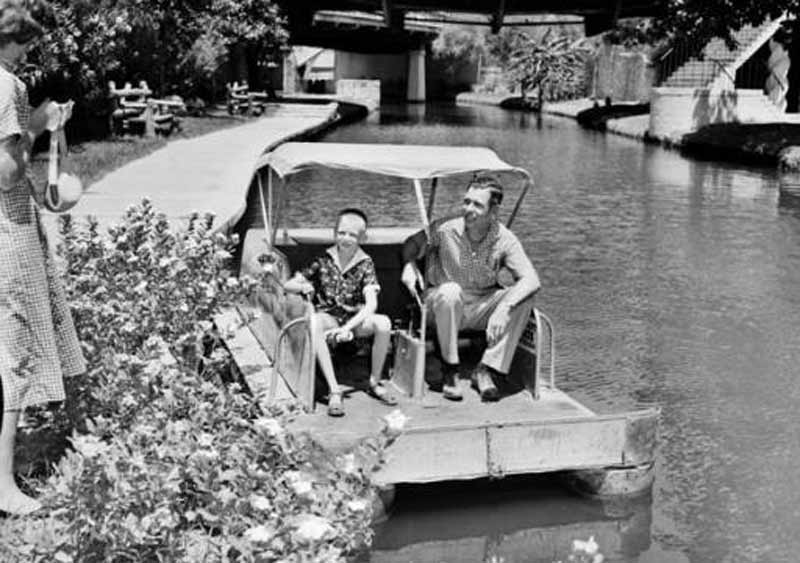
David Straus forms the Tourist Attraction Committee under the auspices of the San Antonio Chamber of Commerce to look at economic development of the River Walk, which is now a city park but dangerous at night.
1960
Open since 1899, the Original Mexican Restaurant at 231 Losoya is closed. New San Juan Dam completed in new flood channel.
1961
Marco Engineering Company of California, major designers of Disneyland, complete a report, funded by the City and the Chamber, on the commercial potential of the river. The plan suggests that all buildings which back up to the river be developed in an early Texas or Mexican colonial style, and that as many as possible be rehabilitated to provide basement space that would open at the River Walk level to accommodate retail and entertainment facilities. Criticism arises over the carnival-like aspects of the plan, but other elements, like forming a merchants' association and holding frequent festivals are used as a basis for further plan development.
1962
Straus, along with Harold Robbins and Jimmy Gause, from the Chamber staff, visit Carmel, CA, and New Orleans' Vieux Carre Commission to look at their ordinances guiding development. Straus frames an ordinance based on these two documents which establishes a River Walk District and a seven-member Riverwalk Advisory Commission. Council adopts the ordinance on March 28. The Department of Parks and Recreation completes a major landscape program along two miles of river walkway, including over 17,000 assorted trees, shrubs, vines, and ground cover. El Tropicano, the first riverfront hotel, opens. La Sirena at 107 West Commerce opens with a patio at river level. The Three Wives Antique Shop, at a location now part of the Hilton Hotel, opens in November.
1963
April 15, The San Antonio Chapter of the American Institute of Architects unveils a plan for the Paseo del Rio. The plan takes the form of drawings, text, and a scale model. It includes a land use plan, the basis for a planning district recommendation, and a capital improvements program for public and private development. The Chamber of Commerce creates a staff position to assist the Tourist Attractions staff manager of the Paseo del Rio project. The Landing opens in the basement of the Nix Hospital in April.
1964
San Antonio voters approve $500,000 bond issue for Paseo del Rio improvements. City Council adopts an ordinance regulating signage on river walk. March 17, The Paseo del Rio Association is formed; with a staff person funded by the Chamber of Commerce staff position and the money used to pay a PR person to write the weekly Rio Ramblings for the Express-News.
1966
La Paloma del Rio opens at 215 South Broadway (Losoya). The Billboard Theater opens at street level of 231 S. Broadway over Venice Restaurant which opened the year before. The first Conservation Society-sponsored Las Posadas is held on the streets of San Antonio using the Courthouse, the Navarro House, and the Spanish Governor's Palace.
1968

March, Hilton Palacio Del Rio opens. Hotel La Posada opens in the old St. Mary's Law School on College St. April-October, HemisFair '68. Construction is completed on the river extension and the convention center complex. August 12, Kangaroo Court opens. The Little Rhein opens in a San Antonio Conservation property. December, First Fiesta de las Lumlnarlas held. The bypass channel is modified.
1969
The first Paseo del Rio Association Great Country River Festival. The Stockman Restaurant at 409 E. Commerce opened.
1970

Voters approve a bond issue for River Walk beautification and flood gate revamping. La Posada reopens as La Mansion del Rio. An addition to the hotel is completed in December 1979.
1971
The Corps of Engineers complete river improvements from Alamo to Johnson Street. The Fort Worth District and the San Antonio River Authority are given a Corps Award of Merit for general, landscape development design. The Fiesta de las Luminarias and Las Posadas are combined for a River Walk presentation.
1973
The River Corridor Feasibility Study is completed, in a joint effort of six local government entities. The "River Corridor Plan' provides a long-term framework for development decisions along the river.
1974
Flood gate 5 is relocated further down the bypass channel and flood gate 4, constructed to allow for circular boat traffic on the river bend and bypass.
1975
The Southwest Craft Center opens on the site of the old Ursuline Convent in buildings that have been bought and restored by the Conservation Society.
1976
The San Antonio River Authority moves its offices to a new site on the river, opposite the Steves Homestead.
1978
November 11, Robert H. H. Hugman is honored at a ceremony inaugurating the Hugman bells at the Arneson River Theater.
1979
A new Marriott Hotel, opens on the river extension, next to the Marina Garage. The Casino Building, the Riverside Hotel and the Losoya Building are refurbished as new rental apartments using special federal monies for rehabbing the second to top floors.
1981
The Hyatt Regency Hotel and the Paseo del Alamo are opened, linking the River Walk and Alamo Plaza. The first Holiday River-Parade is held.
1983
Club Giraud opens at the Southwest Craft Center. The Johnson Street pedestrian bridge is opened. San Antonio Missions National Historical Park established in February.
1984
River channel improvements are completed from Alamo to Arsenal Streets. 1985 Channel Improvements are begun from Arsenal to Durango.
1987
Holiday Inn River Walk is completed. The Nueva Street Dam, Bridge, and Marina are completed. San Antonio tunnel project begun. Tunnel will carry storm waters from Josephine Street south of US 281, 150 ft. underground and return them to the river channel at Lone Star Blvd. Project to be completed in 1995.
1988
Channel Improvements are completed from Commerce to Houston Street incorporating Hugman's details. The Hugman wall across from La Mansion and below the Aztec is completed. Rivercenter opens on an extension of the river extension. The Mall opens in February, Dillard's in May and Marriott Rivercenter in October. The Original Mexican Restaurant opens at 528 River Walk.
1995
Southbank project between Presa, Crockett, Navarro, and river opens. Newly constructed buildings designed to fit in with existing architecture of San Antonio. Tenants are Country Line, Fat Tuesday, Hard Rock Café, Paesanos, Starbuck's, and Howl at the Moon.
1996
Presidio Plaza between Crockett, Navarro, Commerce, and river opens with Planet Hollywood, the Edge, The Presidio, and Dos Chihuahuas.
1997
January - Homewood Suites opens in old San Antonio Drug Company building. April, Havana River Walk Inn on Navarro opens. August, Adams Mark opens in 1950's National Bank of Commerce Building on river. December, San Antonio Tunnel project dedicated.
1998
September 10, International Center opens a conversation of old Main Library on S. St. Mary's. October 16-17, a 20-inch rain flooded many areas in San Antonio, particularly on the Salado and Leon Creeks. The tunnel worked beautifully in saving downtown San Antonio. November, Bexar County and the city of San Antonio formally inaugurate the San Antonio River Oversight Committee to oversee the further development of the river from US 218 to Mission Espada. The Hawthorne Suites open on N. St. Mary's.
1999
May, Drury Inn opens in old Petroleum Commerce building on N. St. Mary's; Mexican Manhattan on Soledad opens riverfront patio overlooking flood channel river walk. November, Westin Hotel opens on site, surrounded by S. St. Mary’s St., Market St., Navarro St., and the River
2001
January, construction begins on the central section of the SA River Improvements Project. September, Civic Center Plaza at the corner of Main Plaza and commerce dedicated. November, Landry's opens in the location of Bayou's in the riverside building. December, River Walk from Presidio Plaza to N. St. Mary's on Crockett Street side dedicated.
2002
River improvements take place from Convent to Lexington dedicated. July 4th, major flooding on West Side creeks and San Antonio River. October, river Improvements from Houston to Convent dedicated. Silver Ventures purchases Pearl Brewery site with the idea of creating a varied premier mixed use development.'
2003
Hotel Valencia opens at Houston, St. Mary's & River in January. September, Kangaroo Court closes. Pat O’Brien’s opens on Losoya. September, Watermark Hotel and Spa opens across from the La Mansion del Rio.
2004
January, construction begins on the Mission link of the River Improvements Project. October, Five & Dime General Store opens in Kangaroo Court Building.
2005
November, Hotel Contessa opens on south bend of the Paseo del Rio at Navarro St.
2006
January, Rainforest Café opens in Chandler Building. March, Waxy O’Connor’s opens in Peterson Building, next to Aztec River Theatre. Iron Cactus opens in the Aztec building. March. Culinary Institute of America opens at Pearl Brewery. May, Pearl Stable opens at Pearl Brewery. Newly renovated Aztec Theatre opens.
2007
February, Drury Plaza opens in old Alamo National Bank building, with a sidewalk in the bypass channel, connecting the northern and southern parts of the river bend. May, construction begins on the Museum Reach (Lexington St. to Josephine St.) of the San Antonio River Improvements Project. October, Saltgrass Steakhouse opens in the Casino Building. November, initial construction begins on the Mission Reach of San Antonio River Improvements Project.
2008
February, Grand Hyatt opens on Convention Center extension.
2009
May 30th, The Museum Reach from Lexington to Grayson, including the new lock and dam at Brooklyn, opens to great acclaim.
2010
December, Phase 1 of the Mission Reach project opens, providing one mile of bike and hike access. February, groundbreaking for Phase II of Mission Reach project, San Pedro Creek to Mission Road. Pearl – The Twig Bookshop relocates from Alamo Heights to Full Goods Building. La Gloria on the bank of the river opens. October, groundbreaking for Phase III of Mission Reach project, Mission Rd to Mission Espada.
2011
May, walkway connecting King William through Alamo Street Dam to Eagleland project opened. Now a continuous walkway from Mission Concepcion. June, Secretary of the Interior, Ken Salazar, dedicated Phases I & II of Mission Reach project. When San Antonio River Improvements project complete, it will link up 2,020 acres of public lands (City, County, SARA and federal – National Park Service) with a river running through it. This is larger than the three most popular public parks in the USA – Central Park, NYC, 843 acres; Golden Gate Park, SF, 1017 acres; and the Chicago lakeside parks, 1440 acres.
More to Explore at the San Antonio River Walk
Your Ultimate Guide to April Along the River Walk
- 2 minute read
From lively Fiesta celebrations to exciting new experiences, April brings a variety…
7 River Walk Hotels with Poolside Relaxation
- 3 minute read
When the Texan sun beats down, there's no better way to beat the heat than…
Top Things to Do During Fiesta Near the River Walk
- 3 minute read
Fiesta San Antonio is right around the corner, and it's time to make your Fiesta…
A Guide to Family Fun Along the River Walk
- 3 minute read
Whether you’re a local looking for a weekend adventure or a visitor exploring…
The Ultimate Guide to River Walk Neighborhoods
- 5 minute read
San Antonio’s River Walk is a picturesque urban oasis that winds its way…


